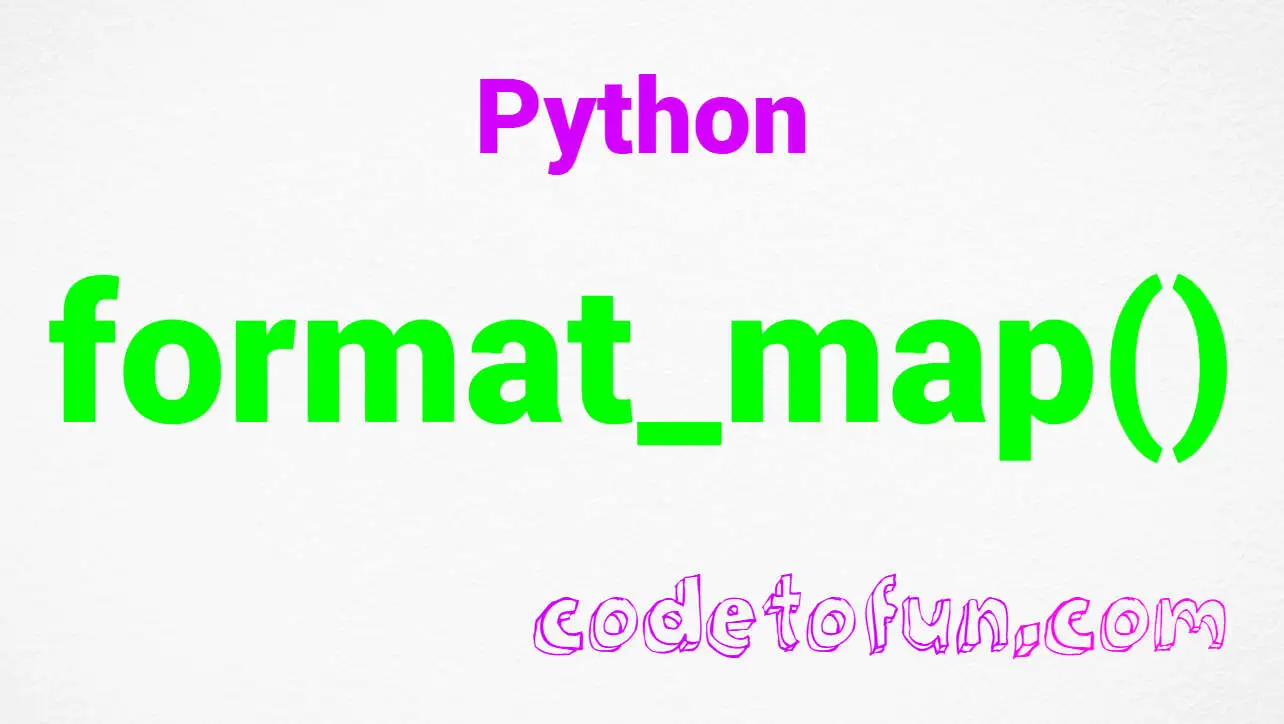
Python Basic
Python Interview Programs
- Python Interview Programs
- Python Abundant Number
- Python Amicable Number
- Python Armstrong Number
- Python Average of N Numbers
- Python Automorphic Number
- Python Biggest of three numbers
- Python Binary to Decimal
- Python Common Divisors
- Python Composite Number
- Python Condense a Number
- Python Cube Number
- Python Decimal to Binary
- Python Decimal to Octal
- Python Disarium Number
- Python Even Number
- Python Evil Number
- Python Factorial of a Number
- Python Fibonacci Series
- Python GCD
- Python Happy Number
- Python Harshad Number
- Python LCM
- Python Leap Year
- Python Magic Number
- Python Matrix Addition
- Python Matrix Division
- Python Matrix Multiplication
- Python Matrix Subtraction
- Python Matrix Transpose
- Python Maximum Value of an Array
- Python Minimum Value of an Array
- Python Multiplication Table
- Python Natural Number
- Python Number Combination
- Python Odd Number
- Python Palindrome Number
- Python Pascal’s Triangle
- Python Perfect Number
- Python Perfect Square
- Python Power of 2
- Python Power of 3
- Python Pronic Number
- Python Prime Factor
- Python Prime Number
- Python Smith Number
- Python Strong Number
- Python Sum of Array
- Python Sum of Digits
- Python Swap Two Numbers
- Python Triangular Number
Python Program to Converter a Decimal to Octal
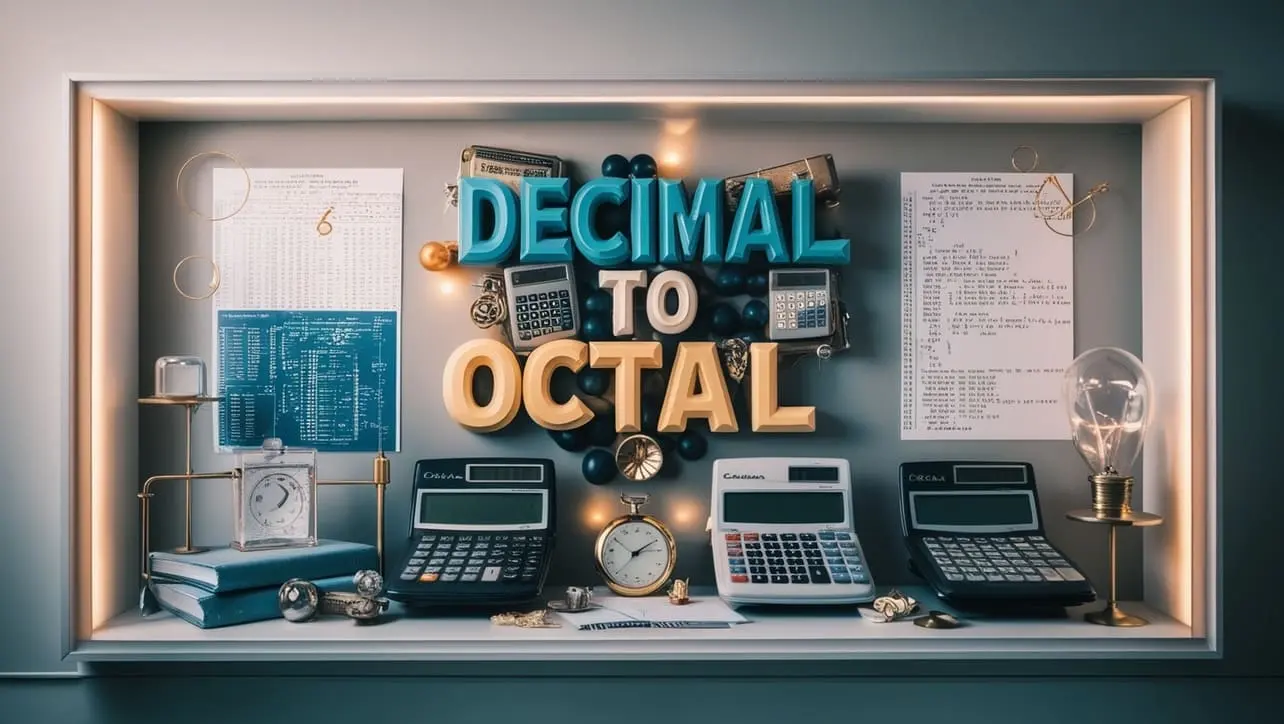
Photo Credit to CodeToFun
🙋 Introduction
In the world of programming, converting numbers from one base to another is a common task.
Decimal to octal conversion is a fundamental operation where we transform a decimal (base-10) number into its octal (base-8) equivalent.
In this tutorial, we'll explore a python program that performs this conversion efficiently.
📄 Example
Let's delve into the python code that performs the decimal to octal conversion.
# Function to convert decimal to octal
def decimal_to_octal(decimal_number):
octal_number = []
# Convert decimal to octal
while decimal_number != 0:
octal_number.append(decimal_number % 8)
decimal_number = decimal_number // 8
# Display the octal number in reverse order
print("Octal equivalent:", end=" ")
for digit in reversed(octal_number):
print(digit, end="")
print()
# Driver program
if __name__ == "__main__":
# Replace this value with your desired decimal number
decimal_number = 57
# Call the function to convert decimal to octal
decimal_to_octal(decimal_number)💻 Testing the Program
To test the program with different decimal numbers, replace the value of decimalNumber in the main function.
Octal equivalent: 71
Run the program to see the octal equivalent.
🧠 How the Program Works
- The program defines a function decimal_to_octal that takes a decimal number as input and converts it to octal.
- Inside the function, it uses a while loop to repeatedly divide the decimal number by 8 and append the remainders to a list.
- The function then displays the octal equivalent by printing the elements of the list in reverse order.
🧐 Understanding the Concept of Decimal to Octal
Decimal and octal are different number systems. Decimal uses base-10 (0 to 9), while octal uses base-8 (0 to 7). The process of converting a decimal number to octal involves dividing the decimal number by 8 repeatedly and noting the remainders in reverse order.
For example, let's convert the decimal number 57 to octal:
57 ÷ 8 = 7 remainder 1 7 ÷ 8 = 0 remainder 7
So, the octal equivalent is 71.
🎢 Enhancements to the Program
Consider exploring enhancements to the program, such as handling negative decimal numbers, input validation, or optimizing the conversion process.
Feel free to incorporate and modify this code as needed for your specific use case. Happy coding!
👨💻 Join our Community:
Author

For over eight years, I worked as a full-stack web developer. Now, I have chosen my profession as a full-time blogger at codetofun.com.
Buy me a coffee to make codetofun.com free for everyone.
Buy me a Coffee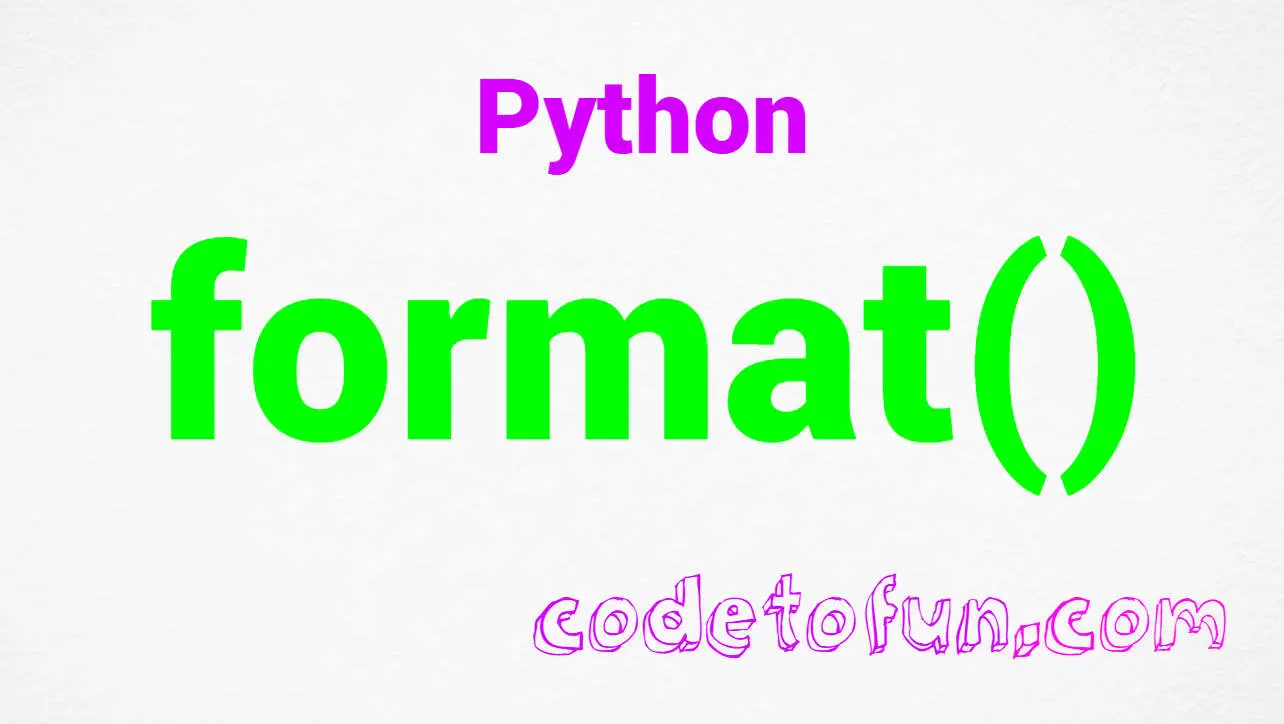
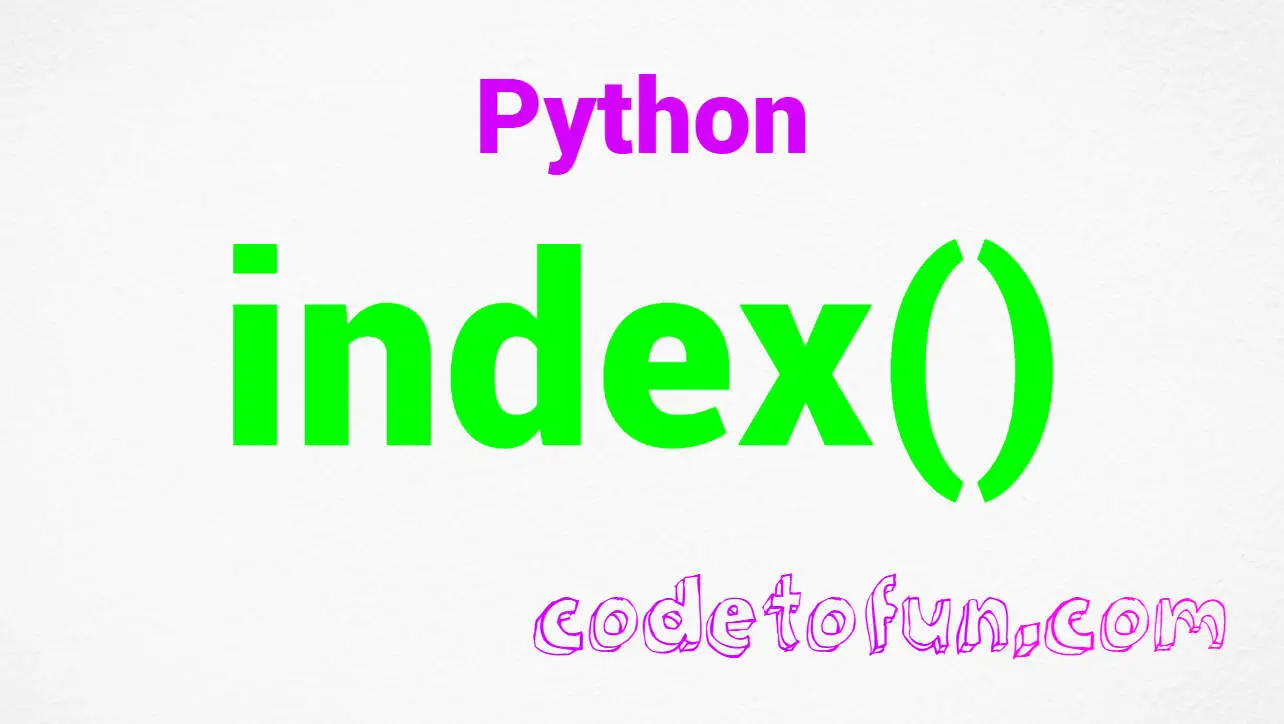
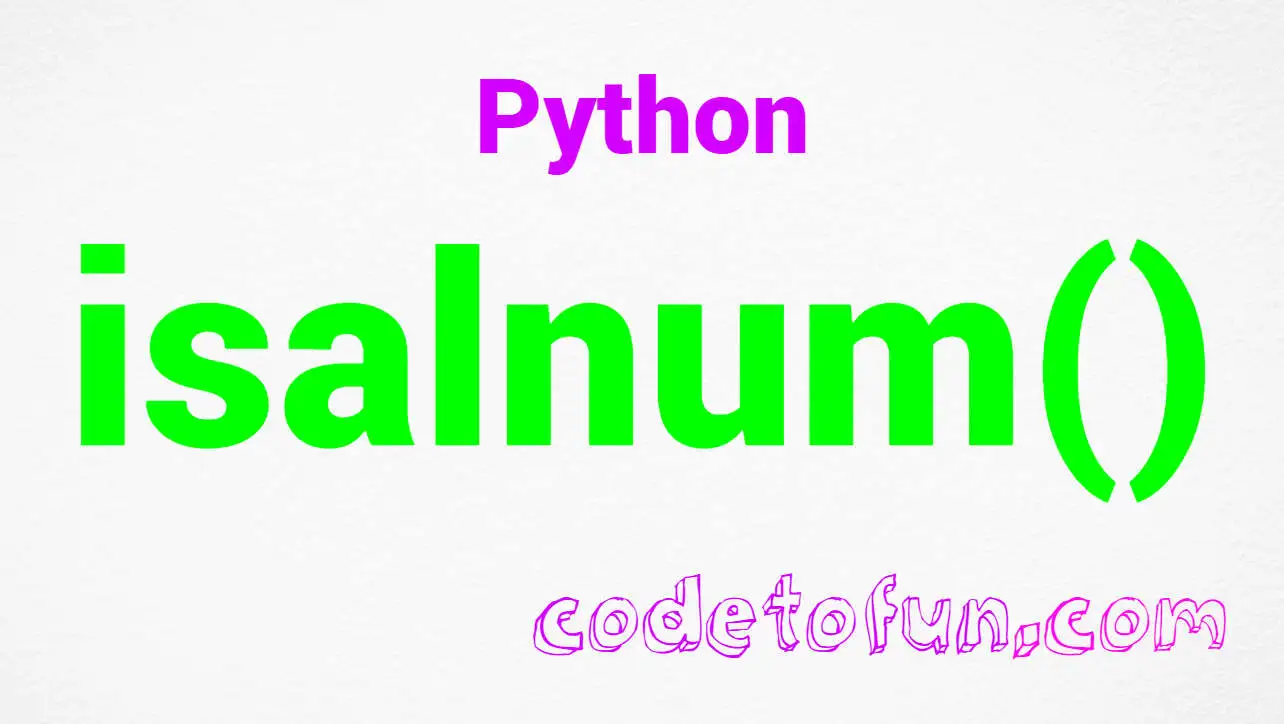
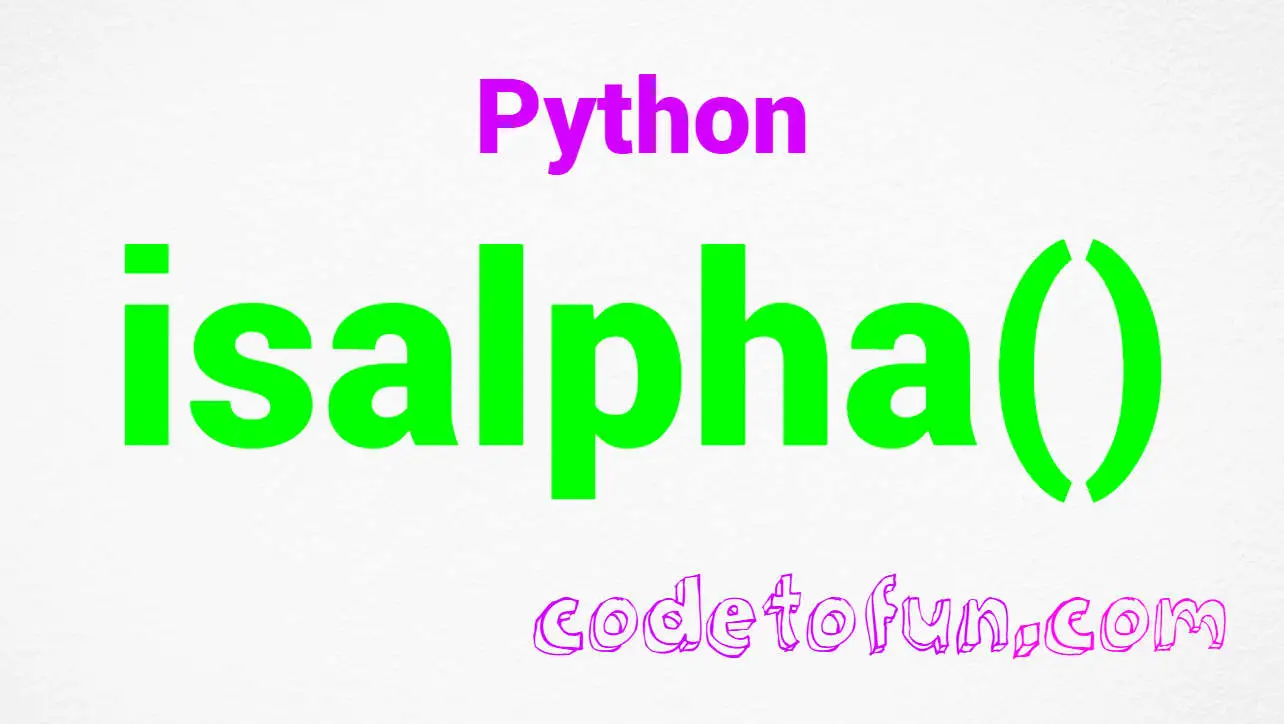
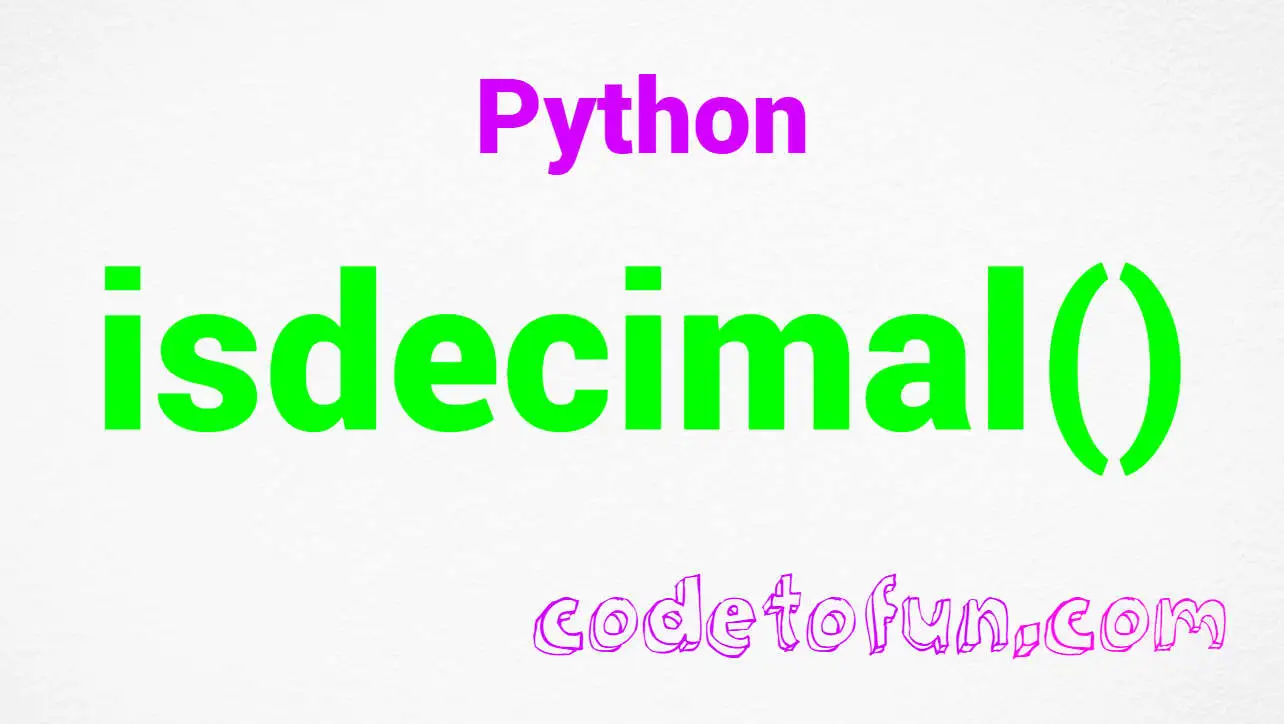
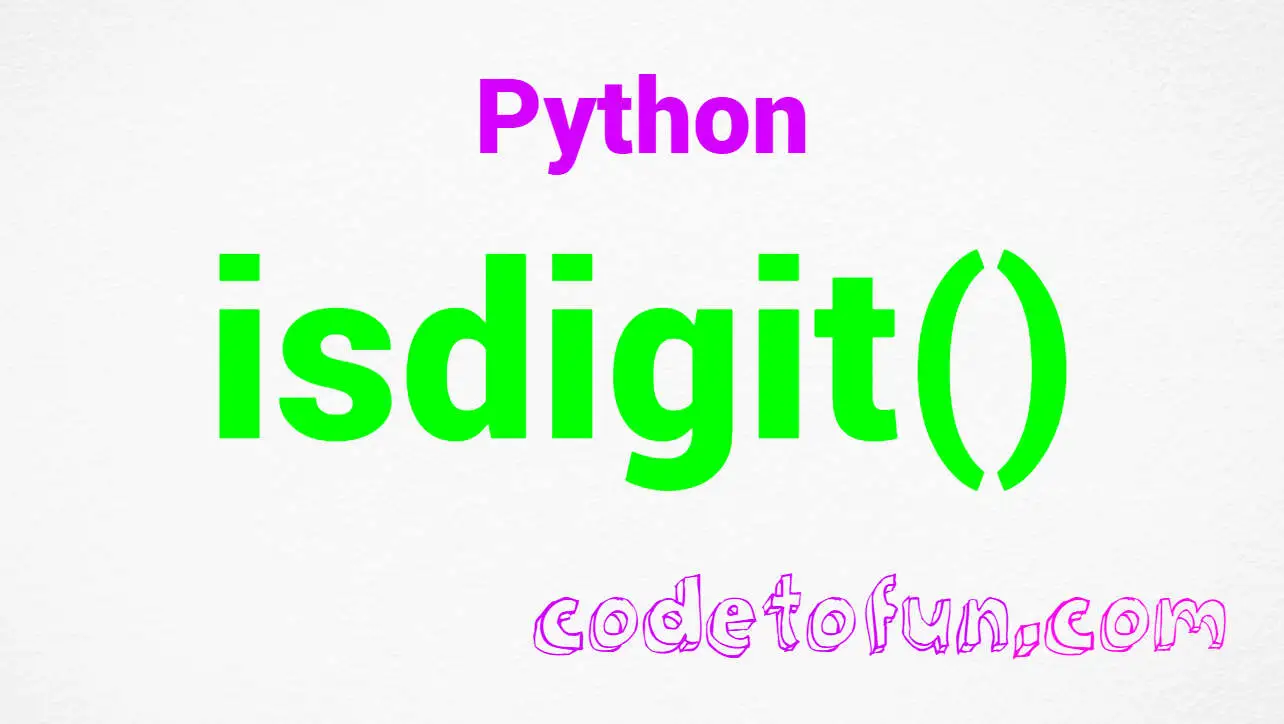







If you have any doubts regarding this article (Python Program to Converter a Decimal to Octal), please comment here. I will help you immediately.